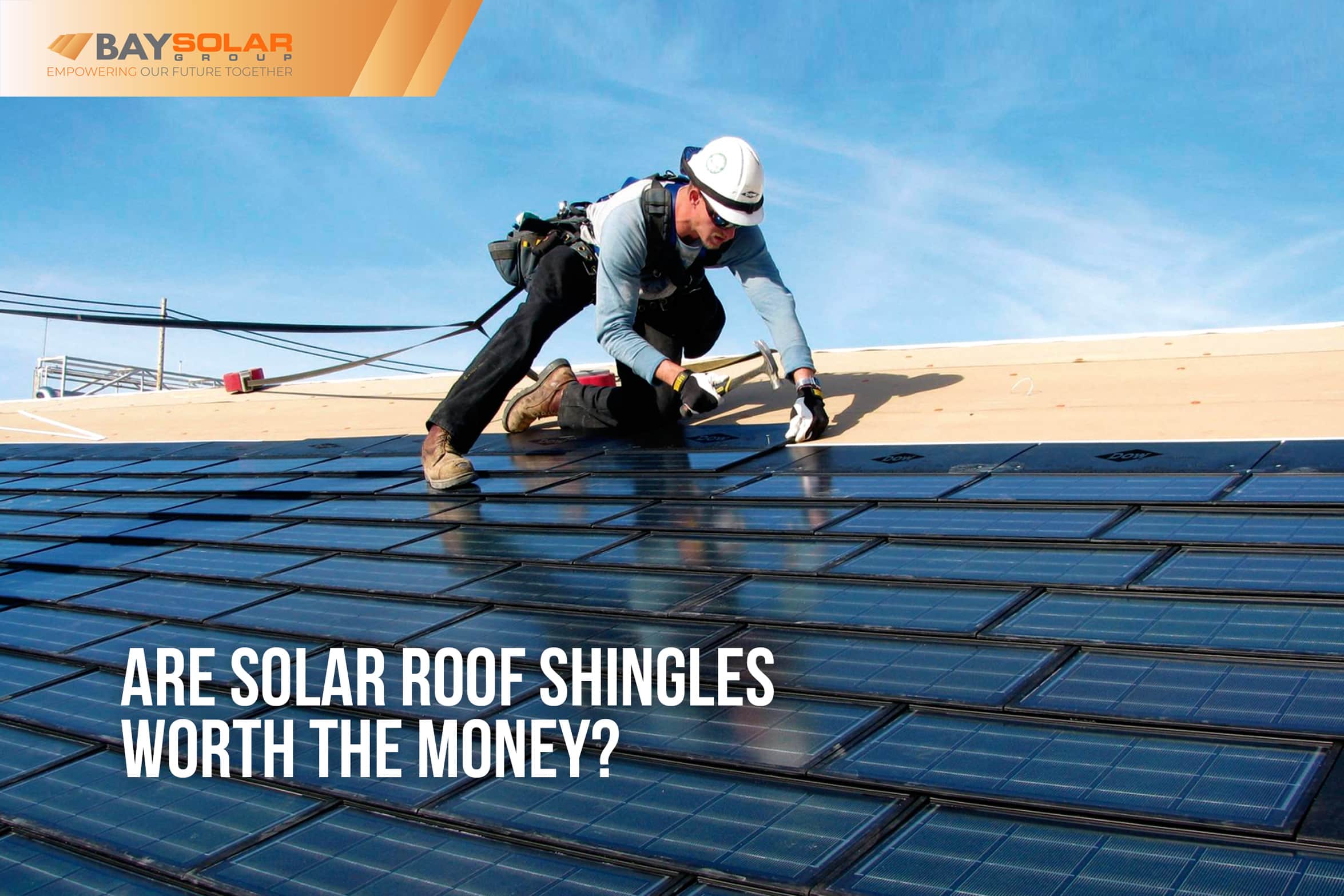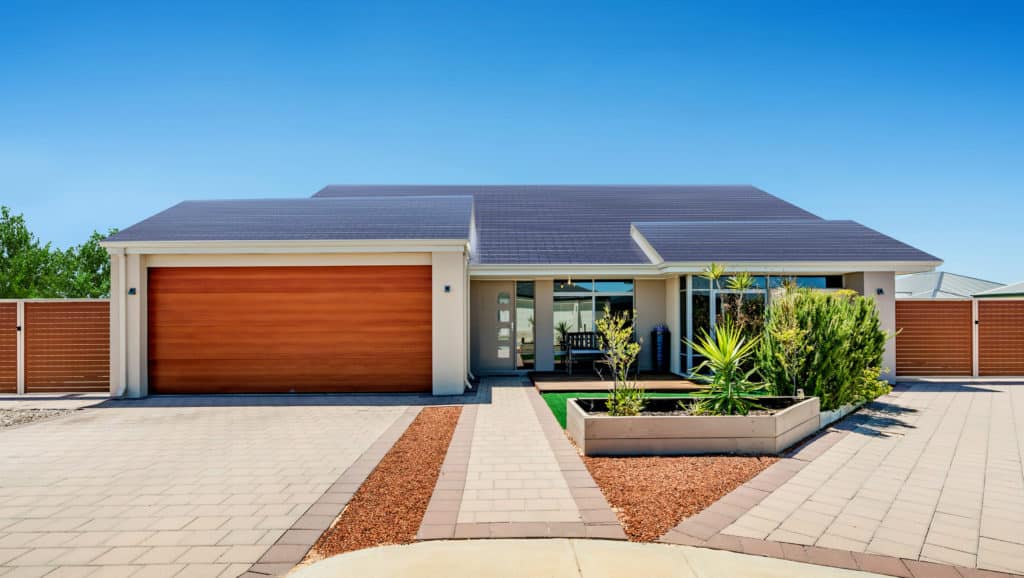The world is becoming more obsessed with renewable energy and, especially, solar power systems. Today, there are various solar roof options available. The most popular and widely spread one is a solar panel system. Yet, solar panels are not always that much convenient in terms of space for solar panel installation. So, solar roof shingles, also known as building-integrated photovoltaics (BIPV) or photovoltaic shingles, can solve this problem.
What Is A Solar Shingle?
Solar shingles are designed to look and function similarly to traditional asphalt roof shingles. They protect your roof, are durable and flexible. Moreover, solar shingles generate electricity when harnessing the sunlight energy through solar cells. It will help you save money on your power usage and gain energy freedom.
Solar shingles are lightweight and will withstand wind and rain. There are currently two basic types of BIPV: monocrystalline silicon solar cell shingles composed of the same technology as traditional solar panels and modern copper-indium-selenide thin-film solar shingles. The second type of solar shingles is lighter and more efficient.
Solar shingles are utilized on both commercial and residential buildings to produce energy. Some models are even capable of converting solar energy into heat. While photovoltaic shingles are the same size as regular roof shingles, more labor is required for the installation. Unlike solar panels, you need a professional solar installer for the shingle installation job.
How Much Power Do Solar Shingles Produce?
A solar shingle can produce between 13 and 63 watts of energy, depending on the brand. The number of solar shingles you need to power your home depends on your energy usage and home size. But even integrating a few solar shingles into the existing roofing will let you generate some energy and reduce your electricity bills.
Solar Shingles vs. Solar Panels
Choosing between a solar panel and a solar shingle should first research all the advantages and disadvantages. The solar shingles market is relatively new and more popular. The first solar shingles were commercially produced in 2005. For that reason, many solar installation companies are still not much familiar with the solar shingle installation process. Whereas a solar panel cost is dropping every year, solar shingles are still expensive. The average solar shingle roofing installation price is between $60,000 to $75,000, depending on your roof size and the installer company. But solar roof shingle technologies have a bright future as they are rapidly improving and upgrading.
The solar shingles are more aesthetically pleasing than solar panels. Sometimes it is even hard to find a difference between solar shingles and regular shingles.
Solar shingles are cost-effective. But in case you are replacing your roofing or planning to move to a new home, solar shingles installment and reinstallment will definitely cost you more. Moreover, solar shingles do not work with roofing types, and you may need a roof upgrade. Nevertheless, in many communities in the United States, you cannot have contrasting home roofing. Hence, solar shingles will become the best solution.
Besides, solar shingles are less energy-efficient than solar panels. With a traditional solar panel installation, you can produce more energy per watt. While you install solar panels on top of your roof and are not affected by your roofing becoming more durable, solar shingles have a shorter warranty. You can increase your shingle efficiency by adding solar shingles. However, it will also increase the cost of your shingle roofing.
Are Solar Panel Shingles Worth It?
Solar panel roof shingles are worth it, especially when roof esthetics and functionality are essential for you. Plus, they are environmentally friendly and will help you go green. Solar shingles are often installed on historic buildings’ roofs as they look like traditional roofing and are more durable than ordinary shingles.
Solar shingles will also help you save on roofing and solar panels. You can install solar roof shingles and avoid future expenses of installing solar panels or repairing roof tiles. Besides, solar shingles qualify for solar tax credits and incentives.
Generally, solar panel shingles need little maintenance. You will never need specialized equipment to clean your shingles. You only need to look out for leaves and heavy snowfall. Solar shingles can last about 30 years. And you will save time and money in the long run as no additional equipment and resources are required for producing energy except for solar shingles and the installation team.
If you still can not decide if solar panel shingles are worth it, professional solar panel companies will always consult you and help you understand if solar shingles meet your energy production needs.
A Review Of Solar Roof Shingles Technical Specifications
Solar shingles integrate into a concrete or slate roof surface. They look similar to asphalt shingle roofs but can also convert solar energy into electricity. Solar shingles consist of a few layers. There is tempered glass on the outside, protecting the inner layers and harnessing the sun’s power. Then come the solar cell layer and a thin-film collecting the sunlight into the shingle.
Author of a publication: Irene Abgaryan




